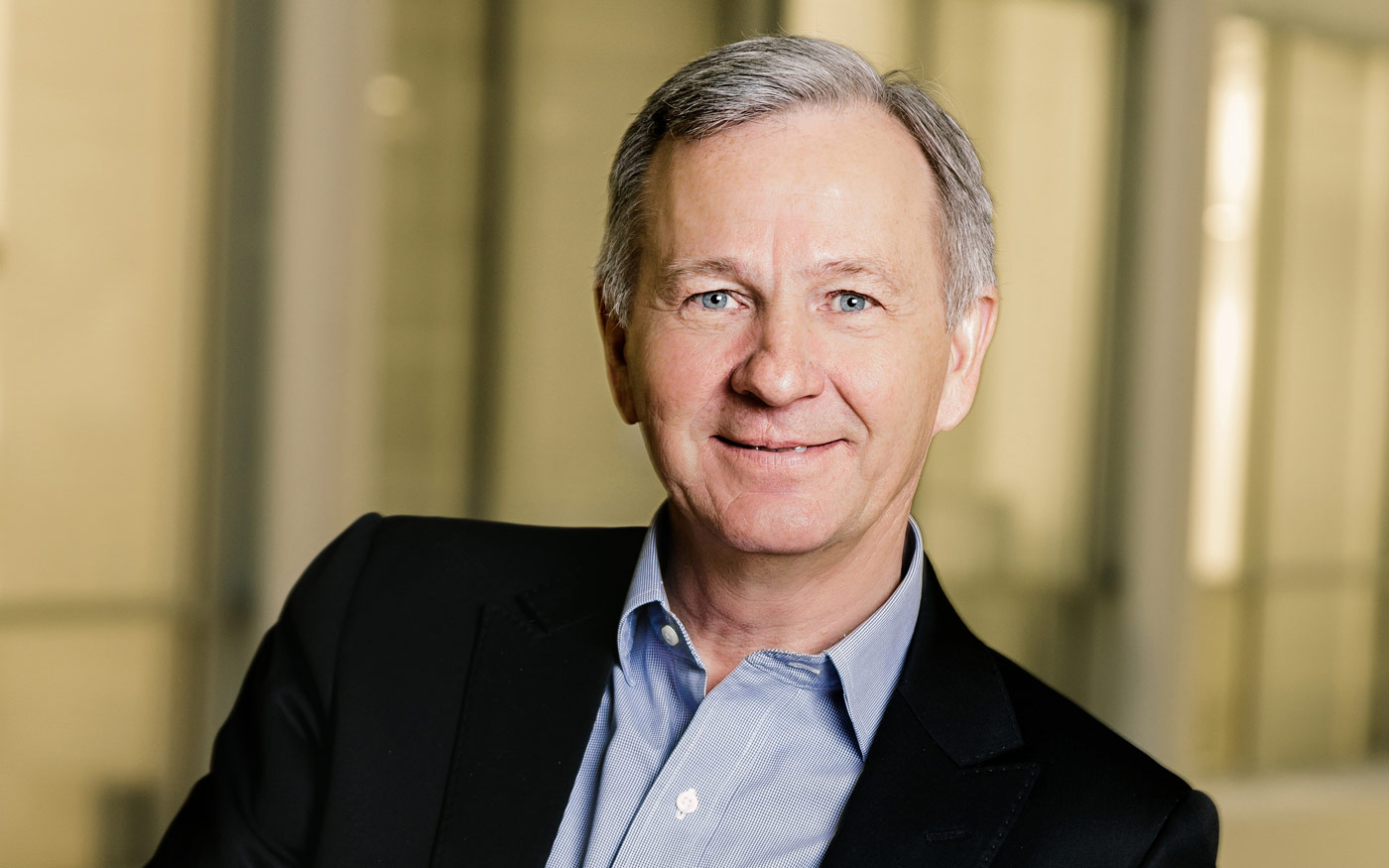A word from the CEO
- for 2017

In 2017, we have seen a strong growth in the value of innovation and transformation of research into services and products that can benefit society.
The development of many of the companies we have helped to establish is more than satisfactory. At year-end, our total company portfolio was worth more than NOK 9 billion. This is a tripling of the total value in three years. In monetary terms, this growth in such a small space of time is substantial, but it also shows that the products developed on the basis of research at the University of Oslo and the hospitals in the South-Eastern Norway Regional Health Authority meet a need in society.
One of the things I find most inspiring is that our industrial collaboration initiative showed results already in 2017. There is increased interest from industry in collaborating with the research communities in Oslo and the hospital we represent. This is hardly surprising given the excellent research conducted by our owners. Collaboration is important and we find that we can connect industry and academy with a systematic approach. Two examples of industrial collaborations of considerable size are the agreements the companies Kite Pharma and Fate Therapeutics have entered into with researchers from the Institute for Cancer Research with the aim of developing ground-breaking immunotherapy treatment.
The number of ideas and commercialisations has not grown as strongly in 2017 as in previous years. At the same time, we see that the value of each individual project is increasing. Both international and national industry players are more eager to develop technology from the research of our owners, and more willingness to pay than in the past. I also know that hard and systematic work is being carried out in these research institutions to increase innovation, and that many research groups are gradually changing. It will take time to see the results of this work, but it makes me optimistic about the future.
It is more worrying that the number of clinical trials in Norway is decreasing, despite a strong wish from politicians, the expert communities and patients to attract more clinical trials. Inven2 has not yet been affected by this negative trend. On the contrary, our assignment volume for clinical trial agreements and the financial management is increasing. But unless this trend turns around, there is no doubt that we might see it too. However, it is uplifting to see that there is an increasing number of clinical trials conducted at Østfold Hospital, Akershus University Hospital and the University Hospital of Northern Norway.
Inven2 has a clear strategy for 2018 that harmonises with our owners’ deliverables and projects. We will be particularly active in the area of eHealth and digitalisation and try to make a difference in increasing the availability of health data. We have learned from our matchmaking activities that researchers and the industry can benefit from cooperating. We will increase our efforts in this area in 2018. We have also improved the way we run our projects, which means we are well equipped for more innovation and increased value creation – in 2018 and the years that follow.




 Norsk
Norsk